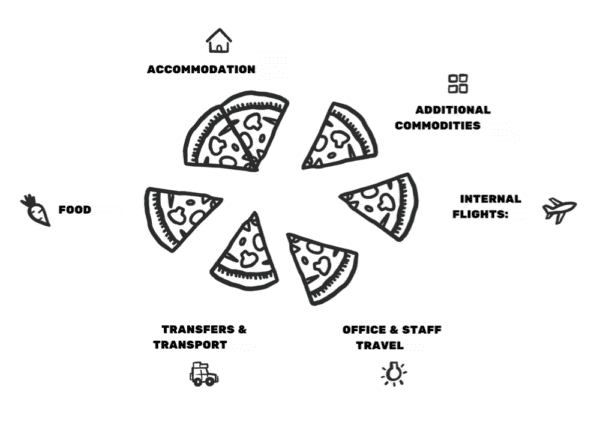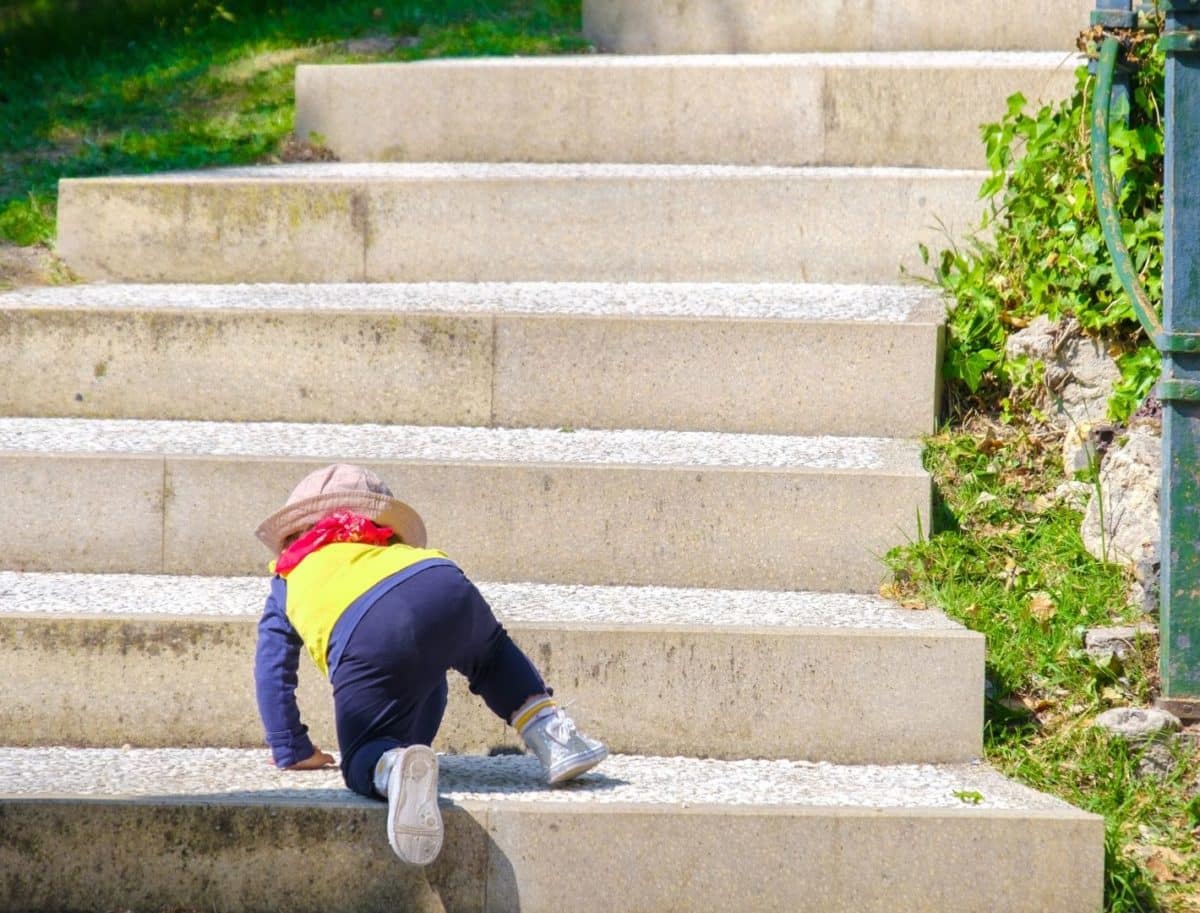While our world seems to have paused due to COVID-19, some industries have not stopped pumping! We like to think that we’ve all had some time to re-think a few things, and if you’re a business owner, one of those things should be your business model. It’s the perfect opportunity to evaluate your carbon footprint whoever you are but for hotels, tours and attractions the time to step up is now.
A company’s carbon footprint is the quantity of greenhouse gas emissions (GHG) that were produced as a result of its operations. These gases are carbon dioxide, methane and nitrous oxide, and they are measured in tonnes. It’s important to understand that our daily actions, doesn´t matter if you own a hotel, an adventure company or even a travel agency, always leave a carbon footprint on our planet but don’t let the guilt kick in just yet, there are plenty of effective ways to reduce it.
Emissions can be produced directly from our businesses, like the petrol we use for minibuses or in our case, 4WDs, or from sources we do not own, like flights our guests take from all over the world to visit us on K’gari.
Take a deep breath, don´t get overwhelmed already, it sounds complicated but it’s not. The truth is that once you kick off and start measuring your carbon footprint, you will naturally come up with ideas to reduce it. We share some of our suggestions here but as with everything, you can always hire an expert to make your life a little easier.
TAKE BABY STEPS AND, START WITH THE BASICS!
Before we go through how to calculate your business carbon footprint and ways to reduce it, first, make a list of all the products you use that could be swapped for more sustainable options and brands that like you, are on a mission for change.
When you start looking you will find lot’s of alternative cleaning products. Try brands like Earth Choice or Go for Zero for example. You could even consider making your own with very accessible and cheap substitutes like borax, essential oils, baking soda, white vinegar and hydrogen peroxide. But if you’ve never fancied yourself as a chemist, best to stick to supporting the good brands.
Bathroom products. Instead of the classic shampoo and conditioners brands that use chemicals and components not good for the environment, use ecologic alternatives like Thank You, Organic Care and Ethique to name a few.
There is a perception that sustainable and ecological brands are more expensive than the ones we can easily find in the supermarket. This is not true and small changes like swapping brands make a huge difference not only for the planet but also for your visitors, who will appreciate your commitment.
Recycling is another basic factor that can be applied today. Many people recycle at their homes and they expect the same from the accommodation they booked or the tour operator or service they trust. Again, small changes, big difference!
Take your waste management to the next level and try making your own compost. People tend to believe that having compost is dirty and demands hard work. This is just a myth! If your business conditions allow it, go for it, the results are very rewarding and can save you money on your council bills. The brand Speed and Sprout sells compost bins at accessible prices with beautiful designs.
MEASURE
As we mentioned before, there are consultants and environmental experts that can calculate the total carbon footprint of your company. If you are good with numbers and spreadsheets, you can get to a reasonably accurate number in-house using online Carbon Footprint Calculators. Having that all important carbon tonnage will allow you to identify the most emission-intensive areas of your business and opportunities for reductions, and then buy enough offsets to cover your footprint.
Begin by identifying the sources of your emissions. In the tourism industry, the most common ones are usually transport (fuel), food (from meat and plastic packages to the fuel needed to transport it), accommodation (electricity, water and other resources) and your teams travel.

Once you’ve recognized all the key places your businesses uses energy, fuel or creates waste, you need to quantify the data and convert it into carbon emissions. Use gas and electricity bills, estimate the kilometres done per experience and so on. Much Better Adventures, an English travel company, shared the full methodology they used to calculate their carbon footprint and it is a very useful guide to start with.
REDUCE
And now? What should be done with the data collected?
A group of international experts, the Climate Target Planet, tells us that by 2030 we need to cut global carbon emissions to 55% below their 2017 levels to keep the planet within 1.5 degrees of warming. It is time to get serious, creative and start acting!
Transport
In the case of tour operators, try to encourage group transport wherever possible to keep individual passenger footprints to a minimum. Also, you can develop tours that rely on biking, hiking or kayaking, to provide ultra-low carbon adventures.
If you do run minibuses, 4WD or car hire, encouraging guests to use one car per group and of course, if you can afford it, electric cars, are probably the best solutions.
If you own an accommodation place, encourage your guests to use public transport or even walk or cycle instead of using their cars. For example, you can offer to drive them to and from the train or bus station, provide bicycles to be used around town or even explain the benefits of walking to places.
Food
First up, set goals to reduce your single-use plastic packaging. Most of the time, local produce, is the answer to all our questions as it can be translated to less plastic, less transport, fewer big corporations involved.
Livestock farming in general, including cattle, is incredibly damaging to the environment. Huge swathes of forests around the world (including the Amazon) have been cleared to make way for crops grown purely to feed cattle, resulting in biodiversity loss, land and water degradation and of course deforestation. A whopping 18% of greenhouse gases produced worldwide comes from livestock farming.
Vegetarians or vegan meals should be always on the menu or even take a risk, talk with the chefs and prepare only meals with no meat at all!
As part of our commitment to reducing our carbon footprint, years ago we replaced beef, with kangaroo on our tours, and people love it! Read everything about it here.
Accommodation
Two words: renewable energy. Utilizing solar power, hydro technology, or wind energy are all ideal ways to improve the carbon footprint.
Some hotels opt for using DC ceiling fans, decorate the rooms with recycled furniture and so many amazing ideas that can make a huge difference in the environment. Think outside of the box and you will be surprised by the positive response from your guests.
We know all these changes take time and money, but it is our responsibility. Let’s work together and make this a team effort, after all it’s going to take all of us to do our part. Make a start today by learning more about why it’s so important and how simple it is to achieve. START TO READ OR LISTEN TO DR KARL’S Little Book of Climate Science.

